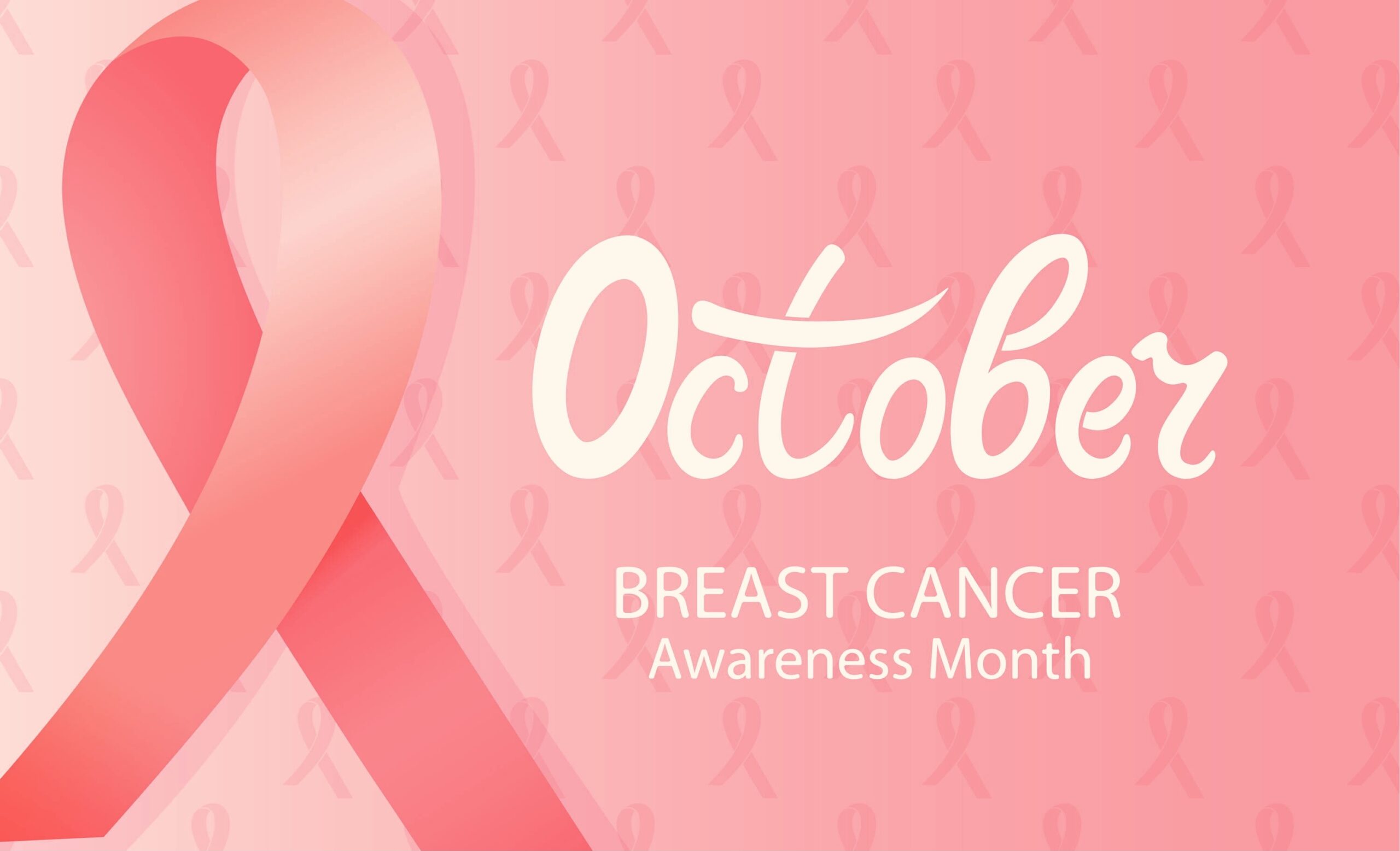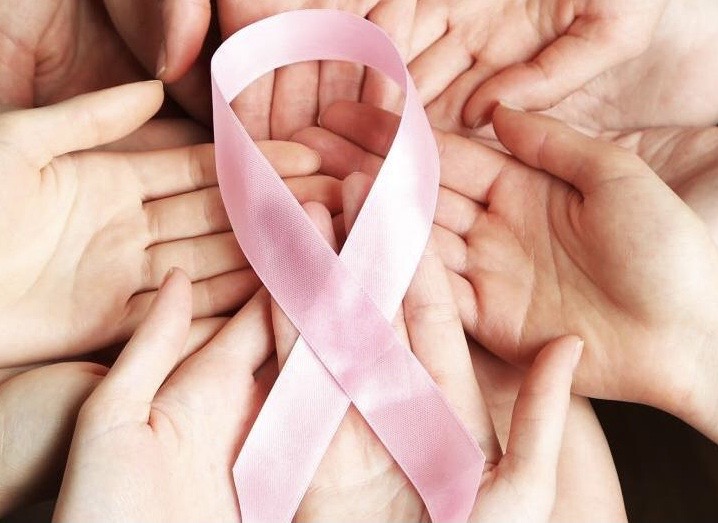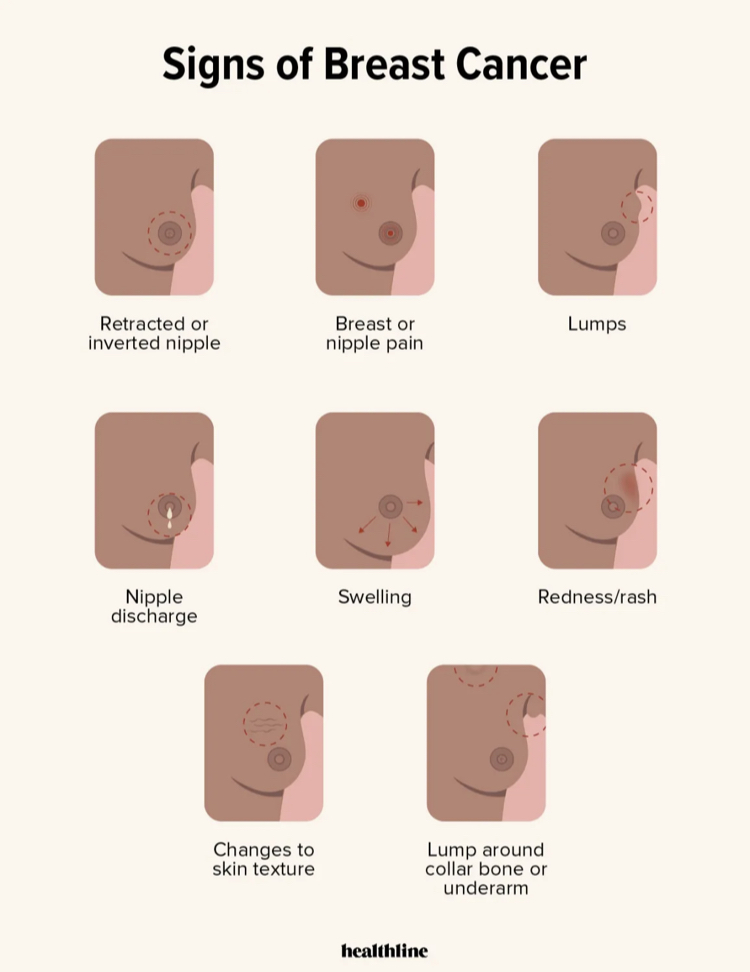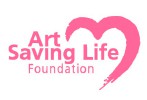Since 2008, we at the Art Saving Life Foundation have been dedicated to helping breast cancer patients recover through art therapy programs, promoting active and healthy lifestyles, and funding research and educational institutions.
October is Breast Cancer Awareness Month, also known as “Pink October”, and is known for the “Pink Ribbon”. It is named after the Pink Ribbon, the symbol of the global breast cancer awareness movement.

This Pink October, let’s join together to promote breast knowledge, help pink charity and care for women’s health.
The incidence rate of breast cancer starts to rise in the 40s ~ regarding breast cancer, excessive weight, smoking and drinking, hormone drug abuse, and even long-term bad mood are all high risk factors for breast cancer. Therefore, it is important to remind women that they should be screened for breast cancer at this age.
Treatment is a comprehensive measure, and it is also important for women to actively cope with it themselves, even your perception will be affected. There are many things you can do, such as eating healthy, exercising more, maintaining your weight, and finding ways to regulate your mood. If you live to 80, you have 30 years of life ahead of you.

How to prevent the risk of breast cancer?
Breast cancer prevention starts with healthy lifestyle habits such as limiting alcohol consumption and staying physically active, learn how to reduce your risk of breast cancer.
Breast cancer prevention tips:
- Eat a low-fat diet and eat more fresh vegetables.
- Avoid excessive stress in your life, cultivate optimism and less sulking.
- Promote breastfeeding and breast hygiene.
- Treat benign tumors or other lesions in the breast as early as possible.
- Do breast self-examination every month, and for women over 35 years old, it is recommended to have a breast examination once a year.
If you are worried about getting breast cancer, you may want to know if there are measures to help prevent breast cancer. Some risk factors (such as family history) cannot be changed. However, you can reduce your risk by making lifestyle changes.
What do I need to do to reduce my risk of breast cancer?
Research shows that lifestyle changes can reduce the risk of breast cancer, and this is true for women at high risk.
- To reduce your risk of developing the disease, you need to limit your alcohol consumption. The more alcohol you drink, the greater your risk of developing breast cancer. Based on research on the effects of alcohol on breast cancer risk, it is generally recommended to limit alcohol consumption to no more than one drink per day, as even small amounts of alcohol can increase the risk of cancer.
- Maintain a healthy weight. If you are at a healthy weight, continue to maintain it. If you need to lose weight, talk to your doctor about healthy strategies to achieve this goal. Reduce your daily calorie intake and gradually increase your exercise.
- Be physically active. Physical activity can help you maintain a healthy weight, which can help prevent breast cancer. Most healthy adults should do at least 150 minutes of moderate-intensity aerobic exercise per week or at least 75 minutes of vigorous aerobic exercise per week, plus strength training at least twice a week.
- Breastfeeding. Breastfeeding may help prevent breast cancer. The longer you breastfeed, the better the protection.
- Limit hormone therapy after menopause. Combined hormone therapy may increase the risk of breast cancer. Consult your doctor about the risks and benefits of hormone therapy. You can manage your symptoms with non-hormonal treatments and medications. If you think the benefits of short-term hormone therapy outweigh its risks, use the lowest dose that works for you and continue to ask your doctor to monitor the duration of your hormone use.
Can a healthy diet prevent breast cancer?
A healthy diet may reduce your risk of developing certain types of cancer as well as diabetes, heart disease and stroke. For example, women who add extra virgin olive oil and mixed nuts to their Mediterranean diet may have a lower risk of developing breast cancer. The Mediterranean diet focuses primarily on plant-based foods, such as fruits and vegetables, whole grains, legumes and nuts. People who follow the Mediterranean diet choose healthy fats (such as olive oil) over butter and eat fish instead of red meat.
Is there a link between birth control pills and breast cancer?
There is evidence that hormonal contraceptives (including birth control pills and hormone-releasing IUDs) increase the risk of breast cancer. But the risk is considered to be very small and decreases after you stop using hormonal contraceptives.
A recent study showed an association between taking hormonal contraceptives and breast cancer, with one in 7,690 women who took hormonal contraceptives for at least one year developing breast cancer.
Talk to your doctor about your birth control method. Also consider the benefits of hormonal contraception, such as controlling menstrual bleeding, preventing unintended pregnancies and reducing the risk of other cancers, including endometrial and ovarian cancers.
What else can I do?
- Be alert for breast cancer. If you notice any changes in your breasts, such as new lumps or skin changes, consult your doctor. Also, based on your personal medical history, ask your doctor when to start mammograms and other tests.
- In addition, early detection is the best way to improve breast cancer treatment outcomes and increase survival rates. There are two strategies for early diagnosis of breast cancer.
- Knowing what the early symptoms are and getting an early screening and diagnosis.
- Screening through mammography and clinical breast exams, clinical exams can identify cancer before any symptoms appear.
Every woman should be aware of the early symptoms, and by detecting cancer early, it can be diagnosed and treated as soon as possible.
It is also important to self-examine. Regular self-examinations are important to familiarize yourself with your breasts so that you can detect changes.

Self-examination at home 4 steps
Self-examination is also a good way to find out if there are any signs of breast cancer. How to check yourself at home? First of all, it is recommended that women should do a breast self-examination only after 8-10 days of menstruation, and for women who have stopped menstruating, it is recommended that they should choose a regular day of the month. Then, follow these 4 steps.
1 Take a look
Face a mirror in a well-lit room and look closely at both sides of your breasts to see if they are symmetrical in size, if there are any abnormal protrusions, and if the skin and nipples are sunken or peeling like eczema.
2 Circling
Raise your left hand and lift it up to the back of your head, then check your left breast with your right hand, using your fingers to gently press the breast, starting from the nipple in a circular motion and gradually moving outward in the direction of the clock (about three to four circles) to check all the breasts, and then check the right breast in the same way.
3 Touch
Lie down flat, put a pillow under your right shoulder, bend your right hand and place it under your head, repeat step 2 in the same way to check both breasts, and check if there are lumps or blocks in the breast from the test.
4 Twist
In addition to the breasts, it is also necessary to check whether there is swollen lymph in the armpit. Use your thumb and forefinger to squeeze the nipple and pay attention to see if there is any abnormal secretion coming out.
Early prevention, early detection and early treatment
Through prevention or early detection of breast cancer, it is a good time to treat the disease and increase the chance of cure. International studies show that 38% of breast cancer patients can reduce the threat of breast cancer by establishing a healthy lifestyle. Therefore, in addition to staying away from cancer-causing factors such as smoking and alcohol, it is important to eat a balanced diet and exercise regularly to maintain a healthy body. If you find any abnormalities in your breasts, it is important to seek medical attention immediately and not to avoid treatment.
During the Pink Ribbon Breast Cancer Awareness Month, friends can learn about the achievements and future plans of the Art Saves Lives Foundation for the recovery of breast cancer patients over the past decade or so in our charity program presentation. A light and a hope for the surviving sisters. Although we cannot change or stop the fact that every year there are sisters who leave us, what we do is to enable surviving sisters to face life more optimistically and positively, and to live each day with confidence and dignity.
Currently, our online art therapy program explores two main orientations in the field of art therapy: (1) art creation as therapy, a process that eases emotional conflict and contributes to self-awareness and self-growth; and (2) art as applied to psychotherapy, which is extremely helpful in maintaining a balanced and coherent relationship between one’s inner and outer worlds.
We always hope that through our own efforts and together with more social forces, we can make more efforts to prevent and treat breast cancer and care for women’s health.
